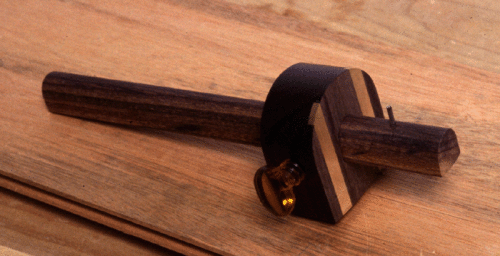October Meeting: plans for the upcoming year, and WIA report
 Thursday, October 15, 2009 at 2:25PM
Thursday, October 15, 2009 at 2:25PM We had one new member at the October meeting. The first part of the meeting was given to discussing plans for the club’s activities for the upcoming year. Committees were formed for the birdhouse project (thanks, Dave White!) and for the CJWA booth at the Woodworking Show in Somerset (thanks, Frank Vucolo!) on February 19-21, 2010. Our new website (you’re looking at it now) and our email list were reviewed.
Wilbur Pan reported on the goings on at the Woodworking in America Hand Tools Conference in Valley Forge, PA the weekend of Oct. 3. Many CJWA members were at the conference throughout the 3 days. There were many seminars and hands on sessions designed to teach hand tool techniques, a busy marketplace area where hand tool makers had their products to try out, and the Hand Tool Olympics, where participants could test their speed and skill with hand tools.
 Central Jersey Woodworkers Association | Comments Off |
Central Jersey Woodworkers Association | Comments Off | 
